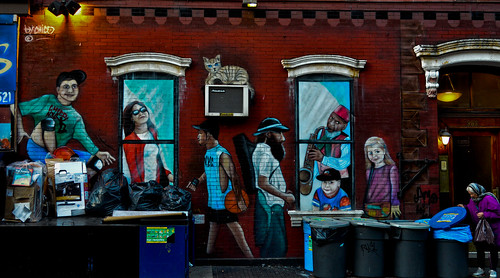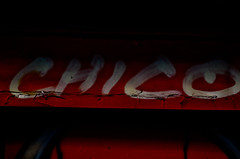Graffiti is an iconic form of artistic rebellion, whose epicenter has long been New York City.
With activities ranging from boxcar tagging to anarchistic promotion, the graffiti artist has a persona associated with intrigue and deviousness. But why the fascination with graffiti as a fine art in the last few years? Do popular graffiti artists today such as Banksy, Judith Supine, Shepard Fairey, and Dan Witz still portray rebellion?
Antonio Garcia, better known as “Chico,” started his career of spray-painting illegally, but soon found a new way to use his talents. Seeing the plain walls and brick that covered the Lower East Side, Chico saw a market. Today it is difficult to walk a block without seeing his commissioned work, whether it is a memorial or a small ad for a veterinarian business. Although Chico’s work is arguably just as skilled and creative as some of the greatest artists in the field, he has not drawn as much interest as Banksy or Shepard Fairey. Perhaps this is because, in jumping on the legal and marketable side of the art form, he risks losing the exact quality that draws so many to graffiti – the thrill of the illicit.





